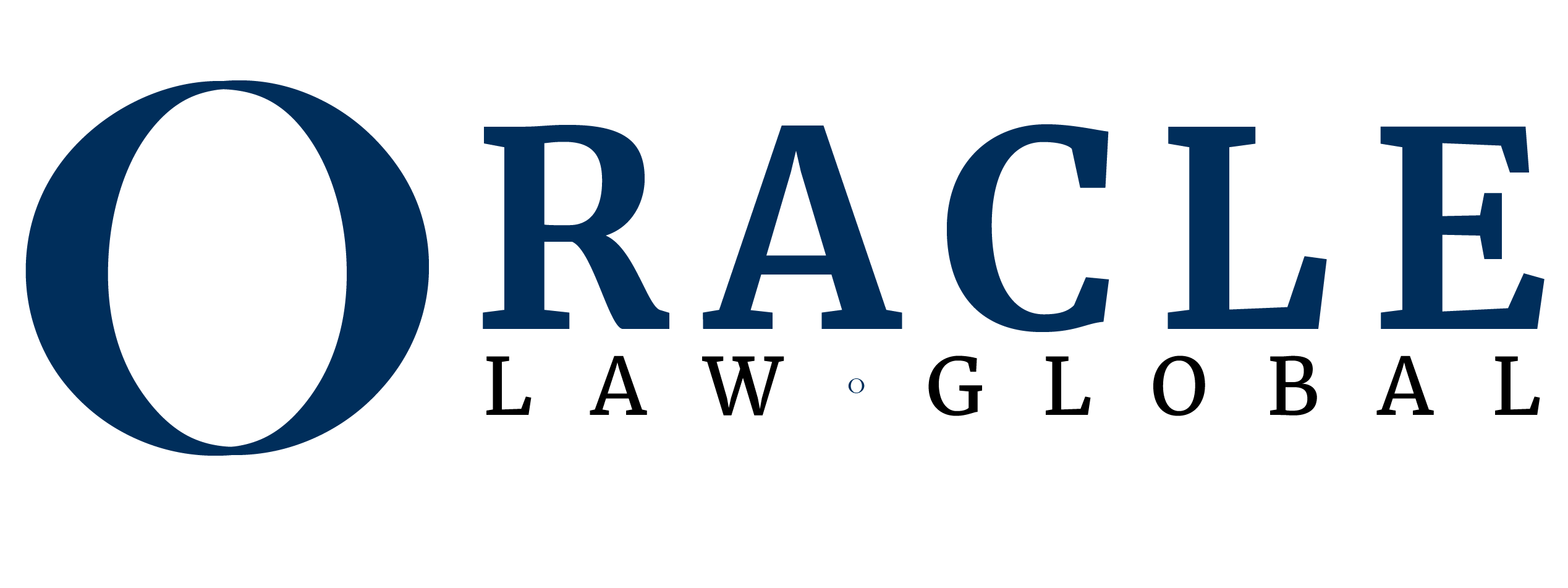DORA: EU’s Digital Resilience for Finance
Have you got a question?
Introduction
The European Union’s Digital Operational Resilience Act (DORA) represents a significant regulatory development aimed at enhancing the digital resilience of financial entities within the EU. Officially coming into force on January 16, 2023, with its provisions applicable from January 17, 2025, DORA establishes a comprehensive framework to ensure that financial institutions can withstand and recover from severe operational disruptions. This article provides an in-depth analysis of DORA’s key requirements and implications for financial entities, with specific references to the articles of the law.
1. ICT Risk Management (Article 6)
Article 6 of DORA mandates that financial entities establish and maintain robust ICT (Information and Communication Technology) risk management frameworks. These frameworks must be designed to identify, assess, and manage ICT risks effectively. Key components include:
-
Risk Assessmen Regular assessments to identify potential ICT risks.
-
Risk Mitigation Implementation of measures to mitigate identified risks.
-
Continuous Monitoring Ongoing monitoring and updating of risk management practices to address emerging threats.
Explanation: Financial entities must develop comprehensive ICT risk management frameworks that are continuously updated to address new and emerging threats. This proactive approach ensures that entities can identify and mitigate risks before they escalate into significant issues.
2. ICT Third-Party Risk Management (Article 28)
Article 28 requires financial entities to manage risks associated with third-party ICT service providers. This includes:
-
Due Diligence Conducting thorough due diligence on third-party providers.
-
Contractual Provisions Ensuring contracts with third-party providers include key provisions related to risk management and resilience.
-
Monitoring and Oversight Regular monitoring of third-party providers to ensure compliance with contractual obligations and resilience standards.
Explanation: By managing third-party risks, financial entities can ensure that their service providers adhere to the same high standards of resilience and security, thereby reducing the overall risk to their operations.
3. Digital Operational Resilience Testing (Article 24)
Article 24 mandates regular testing of digital operational resilience. This includes:
-
Basic Testing Routine testing of ICT systems to ensure they can withstand common disruptions.
-
Advanced Testing More sophisticated testing, such as penetration testing and red teaming, to identify and address vulnerabilities.
Explanation: Regular testing helps financial entities identify weaknesses in their ICT systems and take corrective actions to enhance their resilience. Advanced testing methods provide deeper insights into potential vulnerabilities.
4. ICT-Related Incident Management (Article 17)
Article 17 outlines the process for managing ICT-related incidents. This involves:
-
Incident Response Plans Developing and maintaining comprehensive incident response plans.
-
Incident Reporting Reporting major ICT-related incidents to competent authorities in a timely manner.
-
Post-Incident Analysis Conducting thorough analyses of incidents to identify root causes and implement corrective measures.
Explanation: Effective incident management ensures that financial entities can respond swiftly to ICT-related incidents, minimizing their impact and preventing recurrence through thorough post-incident analysis.
5. Information Sharing (Article 45)
Article 45 encourages financial entities to share information and intelligence on cyber threats and vulnerabilities. This collaborative approach aims to enhance collective resilience across the financial sector. Key aspects include:
-
Threat Intelligence Sharing Participating in information-sharing initiatives to stay informed about emerging threats.
-
Collaboration Working with other financial entities and relevant stakeholders to improve overall resilience.
-
Post-Incident Analysis Conducting thorough analyses of incidents to identify root causes and implement corrective measures.
Explanation: Information sharing fosters a collaborative environment where financial entities can benefit from shared knowledge and experiences, leading to improved resilience against cyber threats.
6. Oversight of Critical Third-Party Providers (Article 31)
Article 31 establishes a framework for the oversight of critical ICT third-party providers. This ensures that these providers meet the necessary resilience standards. Key elements include:
-
Designation of Critical Providers Identifying and designating critical third-party providers.
-
Regulatory Oversight Implementing regulatory oversight mechanisms to ensure compliance with resilience standards
-
Continuous Evaluation Regular evaluation of critical providers to ensure ongoing compliance.
Explanation: Oversight of critical third-party providers ensures that these entities adhere to stringent resilience standards, thereby safeguarding the financial entities that rely on their services.
7. Governance and Accountability (Article 5)
Article 5 emphasizes the importance of governance and accountability in managing ICT risks. Financial entities are required to:
-
Board-Level Involvement Ensure that the board of directors or equivalent governing body is actively involved in overseeing ICT risk management.
-
Clear Roles and Responsibilities Define clear roles and responsibilities for managing ICT risks within the organization.
-
Training and Awareness Provide regular training and awareness programs for employees to ensure they understand their roles in maintaining digital resilience.
Explanation: Strong governance and accountability frameworks ensure that ICT risk management is integrated into the overall strategic management of the organization, with clear oversight and responsibility at the highest levels.
8. Reporting and Transparency (Article 17)
Article 17 mandates transparency in ICT risk management practices. Financial entities must:
-
Regular Reporting Submit regular reports on their ICT risk management practices and resilience measures to competent authorities.
-
Public Disclosures Make certain information about their digital operational resilience publicly available to enhance transparency and trust.
Explanation: Transparency in reporting and public disclosures builds trust with stakeholders and ensures that financial entities are held accountable for their ICT risk management practices.
9. Proportionality Principle (Article 4)
Article 4 applies the principle of proportionality, meaning that the requirements are tailored to the size, nature, and complexity of the financial entity. Smaller entities may
have different obligations compared to larger, more complex organizations. This ensures that the regulatory burden is appropriate and manageable for all entities.
Explanation: The proportionality principle ensures that DORA’s requirements are scalable and adaptable, making them feasible for entities of varying sizes and complexities.
10. International Cooperation (Article 47)
Article 47 encourages international cooperation and coordination. Financial entities operating across borders must:
-
Align with International Standards Ensure their ICT risk management practices align with international standards and best practices.
-
Cross-Border Collaboration Collaborate with international counterparts to enhance global digital resilience.
Explanation: International cooperation ensures that financial entities can effectively manage ICT risks in a global context, aligning their practices with international standards and benefiting from cross-border collaboration
Conclusion
The EU’s Digital Operational Resilience Act (DORA) is a landmark regulation that aims to strengthen the digital resilience of financial entities within the EU. By establishing comprehensive requirements for ICT risk management, third-party risk management, resilience testing, incident management, information sharing, oversight of critical providers, governance, accountability, reporting, transparency, and international cooperation, DORA ensures that financial institutions are better equipped to withstand and recover from operational disruptions. As the provisions of DORA come into effect, financial entities must take proactive steps to comply with the new requirements and enhance their digital resilience.
For organizations navigating DORA’s requirements, expert guidance can simplify compliance and strategic planning. Preparing now ensures not only adherence to regulations but also a stronger foundation for enduring success in a digital-first financial landscape.
For more information on how your organization can prepare for DORA, please contact our law firm. Our team of experts is ready to assist you in navigating the complexities of this new regulatory landscape.
- Boulevard "Deshmoret e Kombit", Twin Towers, Tower 1, 13th Floor, 1001, Tirana, Albania
- +355 6969 37763
Book a call back
Share this article
Got a question?
Please complete this form to send an enquiry. Your message will be sent to one member of our team.
Related posts

Successful Result in a Cross-Border Aviation Transaction
Oracle Law Global’s China Business Desk has successfully advised a Chinese aircraft leasing company based in Southeast China on a complex cross-border aviation

Is Your Company Ready to Prevent Fraud?
Introduction In a decisive move to combat corporate fraud, the UK government has enacted the Economic Crime and Corporate Transparency Act 2023 (the

Do companies need to have an HR representative?
Human Resources plays a pivotal role in ensuring that operations run smoothly and maintaining employee satisfaction within the business. For companies in the

Oral vs. Written Contracts
Imagine you have just landed a big landscaping job by shaking hands with a new client who promises to pay upon completion. It


